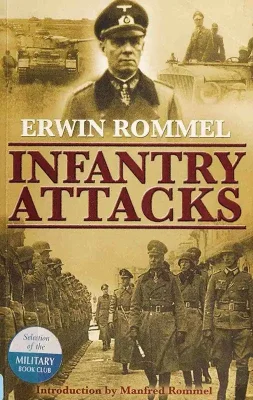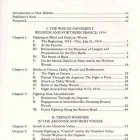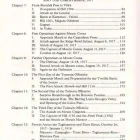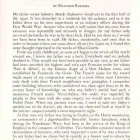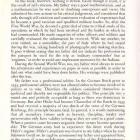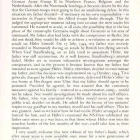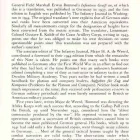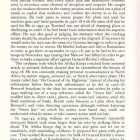- Military Library
- Literature
- WWII Books
- General Field Marshal Erwin Rommel - Infantry Attacks (1937)
General Field Marshal Erwin Rommel - Infantry Attacks (1937)
Erwin Rommel’s „Infanterie Greift an“
General Field Marshall Erwin Rommel’s “Infanterie Greift an”, of which this is a translation, was published in Germany in 1937, and the first edition in English was published by The Infantry Journal in Washington in 1944. The original translator’s note explains that all German units and ranks have been converted into their American equivalents. Similarly, all measurements except for the designation of heights have been converted from the metric system. The translator, Lieutenant-Colonel Gustave E. Kidde of the Coast Artillery Corps, writing in 1943, points out that he was obliged to make his own decisions on some questionable points since “this translation was not prepared with the author’s sanction”!
The associate editor of The Infantry Journal, Major H. A. de Weerd, contributed a foreword to their 1944 edition from which the remainder of this note is taken. He points out that many such books were published in Germany after the First World War in an effort to find out why they had lost; at the time Rommel was an unknown lieutenant-colonel completing a tour of duty as instructor in infantry tactics at the Dresden Military Academy. Two years earlier he had written a small handbook for platoon and company leaders, “Aufgaben fur Zug und Kompanie” (Problems for the Platoon and Company). Neither book made much impression at the time; they received only perfunctory reviews in German military periodicals and were barely mentioned in British or American military journals.
Five years later, writes Major de Weerd, Rommel was directing the Afrika Korps with such success that according to the Gallup Poll even the British, up until November 1942, considered him the “ablest commander produced by the war”. His repeated victories in desert operations against a succession of British commanders caused him to become the most publicized German general. His books, which up to 1941 had sold only a few thousand copies, went through many editions in Germany.
Most of the general tactical lessons taught by these combat narratives are still valid today. The observations under which Rommel sums up his reactions to the various engagements are precisely the counsel an American officer would give his troops and junior officers under similar circumstances.
As a leader of a small unit in 1914-18, Rommel proved himself to be an aggressive and versatile commander. He had a highly developed capacity for utilizing terrain. His men were trained to take cover when possible in movement and dig in whenever they stopped. Rommel was tireless in reconnaissance and attributed many of his successes to the fact that he possessed better information about the enemy than they did about him. Information was shared with junior officers, noncoms, and even private soldiers. Into every battle plan and maneuver Rommel tried to introduce some element of deception and surprise. He sought out the weakest element in the enemy position and worked out a plan of attack to exploit that weakness and confuse the enemy as to his real intentions.
Contents of the book
This book describes numerous World War I battles which I experienced as an Infantry officer. Remarks are appended to many descriptions in order to extract worthwhile lessons from the particular operation. The notes, made directly after combat, will show German youth capable of bearing arms, the unbounded spirit of self-sacrifice and courage with which the German soldier, especially the Infantryman, fought for Germany during the four-and-a-half-year war. The following examples are proof of the tremendous combat powers of the German infantry, even when faced with superior odds in men and equipment; and these sketches are again proof of the superiority of the junior German commander to his enemy counterpart. Finally, this book should contribute towards perpetuating those experiences of the bitter war years; experiences often gained at the cost of great deprivations and bitter sacrifice. ERWIN ROMMEL, Lieutenant Colonel - 1937
- The war of movement: Belgium and Northern France, 1914
- Trench warfare in the Argonne and High Vosges
- Open warfare in Rumania and the Carpathians, 1917
General Field Marshal Erwin Rommel - Infantry Attacks (1937) - Quick Facts
- {{#owner}}
- {{#url}} {{#avatarSrc}}
{{name}} {{/url}} {{^url}} {{#avatar}} {{& avatar}} {{/avatar}} {{name}} {{/url}} - {{/owner}} {{#created}}
- {{created}} {{/created}}


